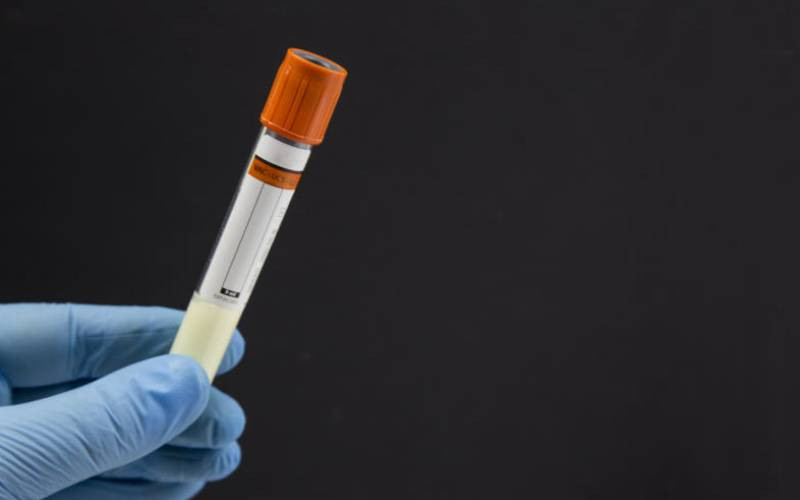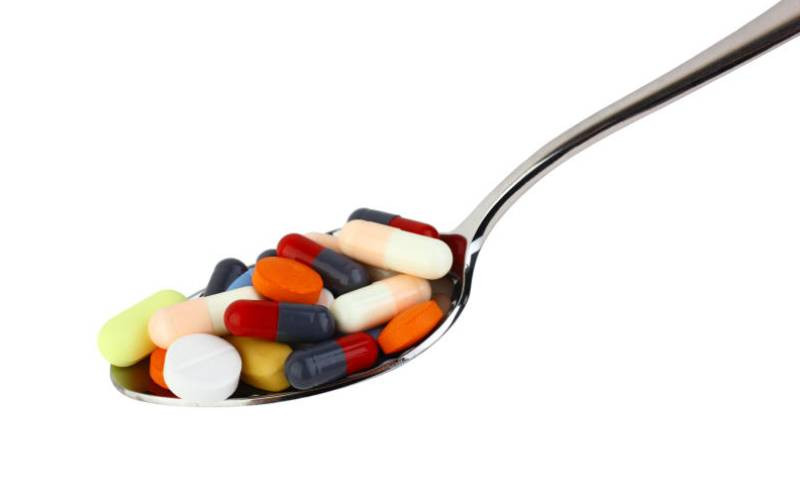
Dear Dr Ombeva,
My three-and-a-half-year-old daughter has been treated for three episodes of urinary tract infections in the last six months. This is worrying me. I wonder whether it is poor toilet habits or poor hygiene. She never had these problems before. When she turned three, I took her to baby class, and apart from the UTIs, everything else seems to be fine.
Margaret
Dear Margaret,
Urinary tract infection (UTI) refers to infection of the urinary tract. The urinary tract includes the urinary bladder, kidneys, ureters (connect each kidney to the bladder) and urethra (empties urine from the bladder to the outside).
UTIs are very common in children, and especially girls or uncircumcised boys, usually at around 3-4 years age when most have just started toilet training or just started attending kindergarten. UTI is often caused by bacteria that access the urinary tract. These bacteria are normally found on the skin around the anus or vagina.
Normally, there are no bacteria in the urinary tract itself. Bacteria can access the urinary tract if there is a problem that allows urine to flow back up into the ureters and kidneys or make it harder to empty the bladder. Other risk factors are bubble baths or tight-fitting clothes (girls), changes or birth defects in the structure of the urinary tract, wiping from back (near the anus) to front after going to the bathroom. In girls, this can bring bacteria to the opening where the urine comes out.
UTIs are more common in girls, especially around age three when they begin toilet training. In uncircumcised boys, UTI is slightly higher before the first birthday. It all comes down to hygiene practices, both at home and at school. A child with a UTI may have fever, poor appetite, vomiting, or no symptoms at all.
Other symptoms of UTI include blood in urine, cloudy urine, foul or strong urine odour, frequent or urgent need to urinate, pain or burning sensation with urination, vomiting, malaise, pressure or pain in the lower back or pelvis, and wetting problems after a child has been toilet trained.
Symptoms indicating infection spread to the kidneys include chills, fever, warm or reddened skin, nausea, pain in the side (flank) or back and vomiting. Younger children are often sick with a fever and may be irritable and unsettled. Your child’s doctor who suspects a UTI will ask for a urine specimen for laboratory tests. Confirmed UTI is treated by antibiotics. Let your child with UTI drink plenty of fluids.
— Dr Ombeva Malande is a paediatrics and child health expert
 The Standard Group Plc is a multi-media organization with investments in media
platforms spanning newspaper print
operations, television, radio broadcasting, digital and online services. The
Standard Group is recognized as a
leading multi-media house in Kenya with a key influence in matters of national
and international interest.
The Standard Group Plc is a multi-media organization with investments in media
platforms spanning newspaper print
operations, television, radio broadcasting, digital and online services. The
Standard Group is recognized as a
leading multi-media house in Kenya with a key influence in matters of national
and international interest.










